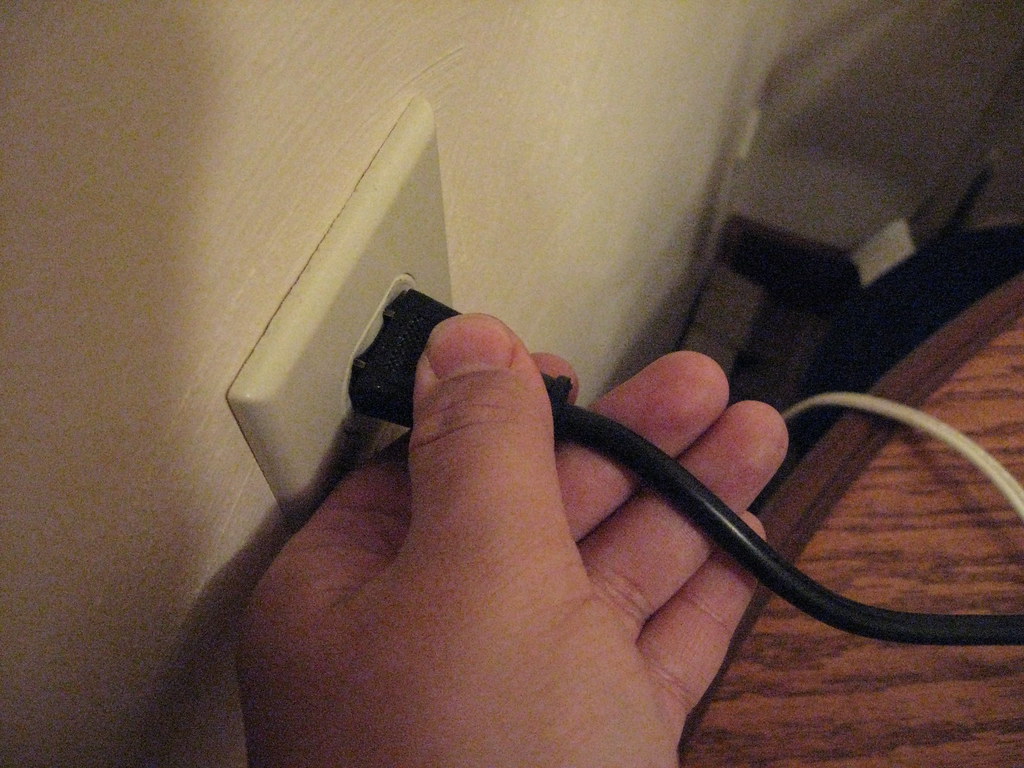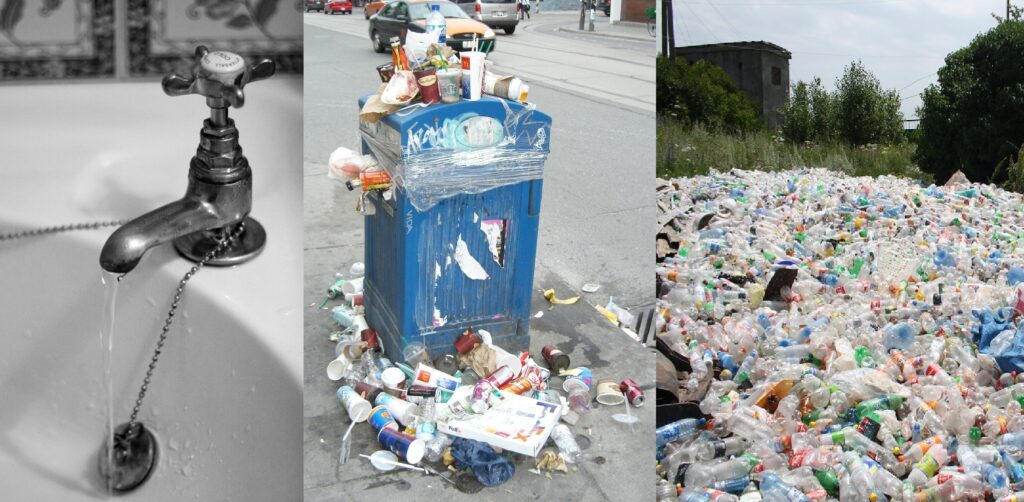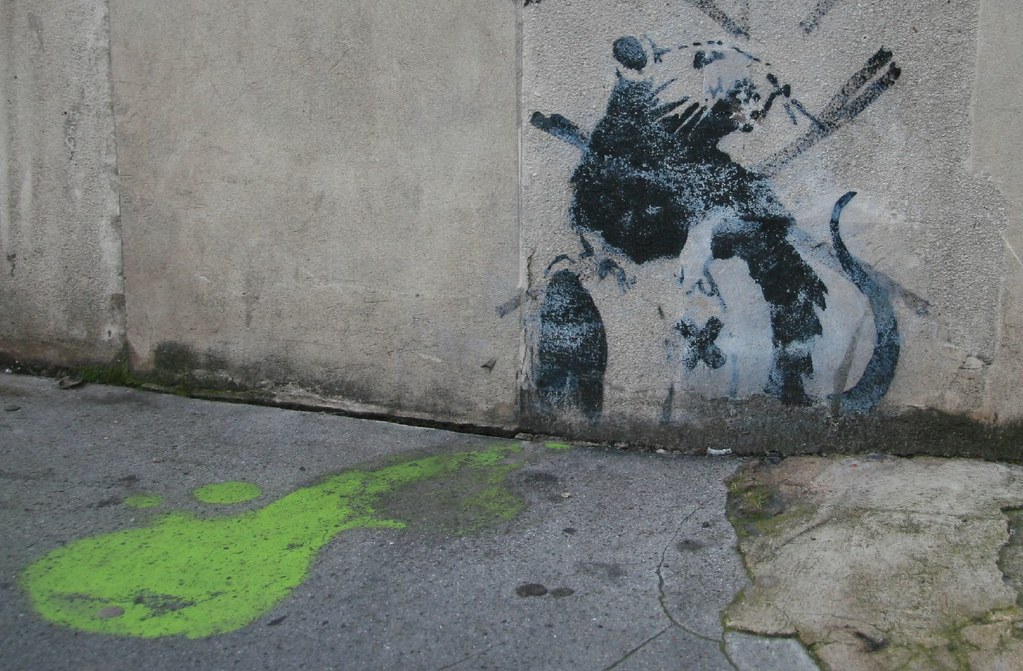
Adopting green lab practices and rethinking research can significantly reduce a lab’s carbon footprint, and it’s needed now more than ever- here are some simple steps to take towards sustainable science today!
Let’s look at labs
When we think about labs, it’s probably safe to say that thoughts of experiments, research ideas, timing and logistics spring to mind more so than environmental consequences. Research at the best of times can be a rollercoaster ride of unexpected twists in logistics to turns in timings, let alone considering the most sustainable route. With this, it seems essential to rethink research with a greener, more sustainable perspective at its core.
The reality is that labs are resource-intensive spaces when it comes to energy, water and waste. In comparison to offices, they consume globally ten times more power, four times more water, and 5.5 tons of plastic waste per year (!). In Ireland, a bench scientist produces 1,000kg of plastic waste every year, more than 15 times the Irish average. The implications of this are more staggering when you consider that reducing just 2% of lab plastics worldwide would have the same carbon offsetting as planting 100 million acres of rainforest.
It’s clear that continuing along with current lab habits and resource-use as usual, this research rollercoaster is on a trajectory towards environmental consequences we do not want to be on board with. Mitigating the climate crisis is more critical now than ever, and with Earth Day fast approaching, it seems like the perfect time to take a step back and think- how can I reduce the carbon footprint of my lab?
Simple steps towards sustainable science
Well, the great news is that the global movement to improve lab sustainability is well underway, and this rollercoaster loops us in the right direction. Collective change starts at the individual, so let’s embrace putting sustainability at the forefront of our own research. Make your lab greener with some of the simple steps outlined below!
1. Start the conversation

We all need to start somewhere. Start the conversation with your coworkers and begin to identify environmental shortfalls in the lab, and habits you can change. Getting in touch with like-minded scientists through groups like TCD Green Labs can be a great inspiration and motive to implement change!
2. Appoint an ambassador

Nominate a green lab ambassador to oversee your lab’s journey towards sustainability. Online crash courses in lab sustainability, such as Green Ambassador training, are free and provide ideas and actions to encourage green lab practices.
3. Cut the power

Save energy any way you can. Turn off lights when leaving, turn off appliances that aren’t in use, label equipment with ‘turn me off’ reminders and close fume hood sashes wherever possible. Re-organise your fridges and freezers to maximise space and minimize opening time- if you can switch from a -80 °C freezer to a -70 °C, do it! Turning off computers at the end of each day, and limiting email traffic (both sent and received) can greatly reduce your carbon footprint. When replacing old equipment, look for energy-efficient options, such as LED lighting or in-built ‘sleep’ modes.
4. Water, waste and waves of plastic

Water is precious- don’t waste it! Reduce water by running appliances like autoclaves and dishwashers at full capacity, and installing aerators into taps. To limit waste, aim to reduce purchases, opt for reusable alternatives to plastic (e.g. glassware pipettes) and clarify lab recycling procedures. A large proportion of lab plastics can be recycled if uncontaminated, so familiarize yourself with the lab’s waste management procedures to mitigate the amount sent to landfill.
5. Choose green chemicals

Explore safer, greener alternatives to environmentally harmful chemicals using the principles of green chemistry.
6. Read up on resources

There are many resources available to help you on your green lab journey. Reference points like the Trinity Green Labs Guide are invaluable to implement change. Reaching out to other labs to share resources and equipment can also be an important means to save on both energy and money. And if you do buy new, use your purchasing power towards suppliers with sustainable criteria.
7. Get green lab certified

Follow the roadmap to get green lab certified by My Green Lab, the non-profit organization dedicated to reducing the carbon footprint of labs worldwide. This identifies clear steps to improve upon to progress towards becoming a sustainable lab.
8. Keep up the conversation

Last, but certainly not least. Let’s keep up the momentum to encourage collective change. Talk to other labs, ask what they are doing, and share what you have learned along the way. Maintaining a green perspective as a priority is essential now more than ever, and this green lab movement is here to stay.
Contact
Twitter: @tallulahdavey
Email: daveyta@tcd.ie

